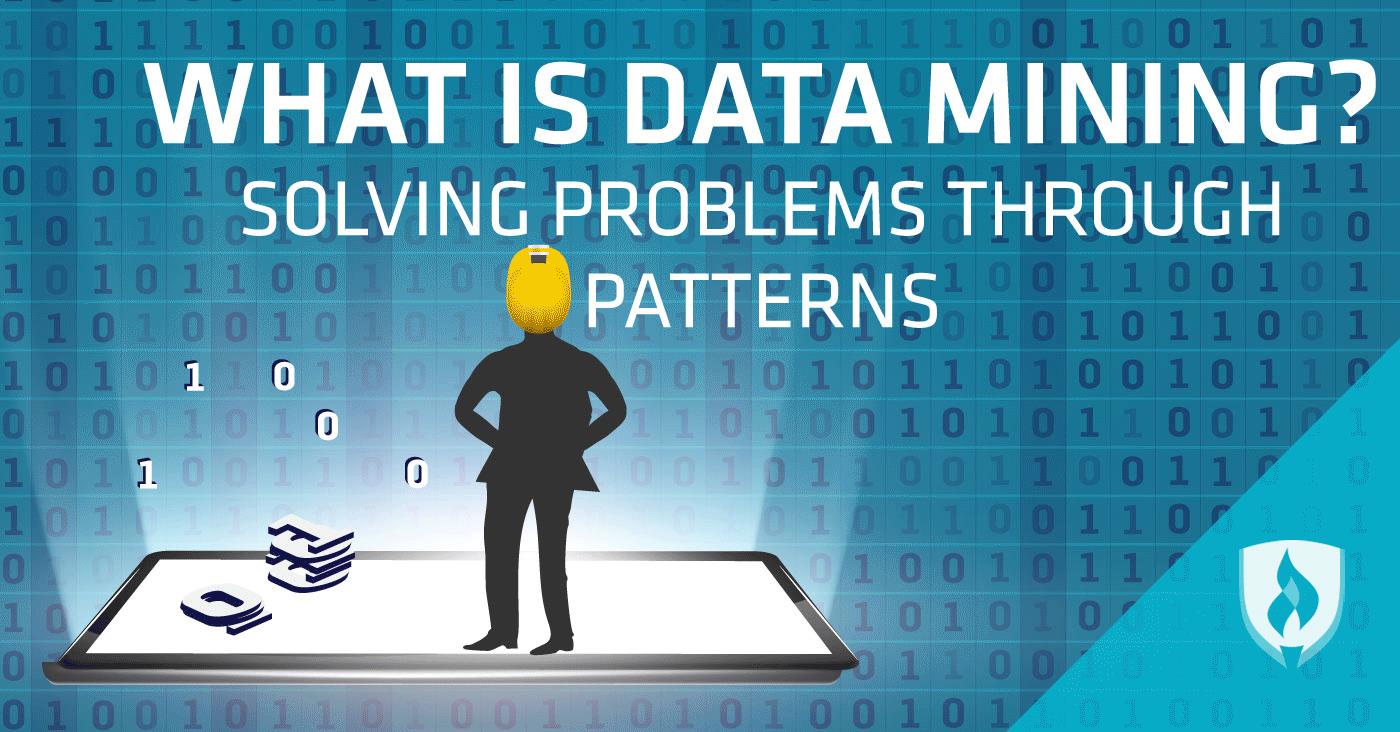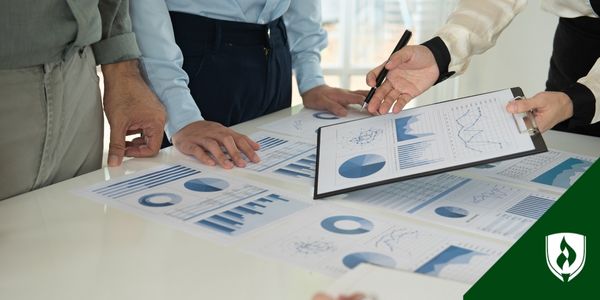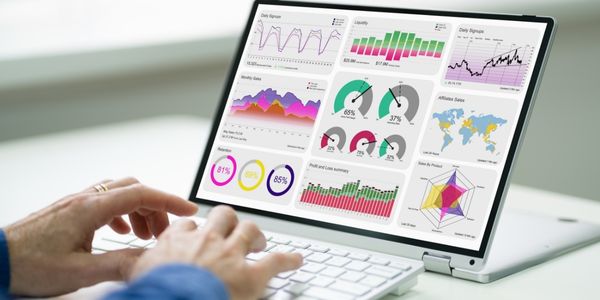
Data mining has become a hot topic in the news, business world and scientific community. So you might wonder, what is data mining, exactly?
The word mining might bring to mind hard hats, pickaxes and shovels, but that’s far from the truth. In short, data mining is a way of finding meaning in the oceans of data organizations collect. It’s the science of looking for patterns that predict human behavior, future trends and motivational strategies.
The internet’s prevalence has led to data collection on a massive scale. To illustrate this, check out some incredible statistics compiled about data and the internet:
- There are more than 350,000 tweets per minute.
- YouTube users upload more than 400 hours of video every minute.
- People send 4 million text messages every minute.
Obviously, this all adds up to a tremendous amount of data, yet is still only a fraction of the data generated every minute of every day. Data mining and analysis is an attempt to make sense of it all and find the nuggets of information that can have a profound and useful impact on an organization.
Data mining in the world of business
Businesses can help maximize sales and revenue by better understanding how consumers think and behave. For example, here’s how data mining and analysis could work for a restaurant:
While looking at patterns, analysts may notice that employees from local businesses with time-restricted lunch breaks tend to order items that are portable and not as messy to eat. This could in turn lead to changes in lunch menu offerings with advanced preparation in order to have more of these items quickly available—reducing customer wait times and food waste.
Breaking down the elements of data mining
To better understand data mining, let’s look at these four stages of working with data.
1. Extracting data
The first step is to discover a pattern existing within the larger universe of data. William Harrison, Data Analyst at SlickPie Accounting Software, describes this scenario as a typical example:
“A data miner starts digging into call records of a mobile network operator without any specific target from the boss. As the data miner digs into the data, they find a pattern of fewer international calls on Wednesday and Thursday compared to all other weekdays. They share this information with the boss, who comes up with a plan to cut international call rates on Wednesday and Thursday,” Harrison explains.
2. Managing information
Once you have all of your data, you need a system in place so it doesn’t overwhelm you. The complexity of collected data is often enormous.
“Since the information will not be gathered manually, there needs to be an automated way of sifting through data,” says Maxime Nie-Rouquette, Client Success Manager at Semeon. “They have to ensure that the information gathered is as relevant and accurate as possible.” He explains that there also needs to be measures in place to ensure anomalies are detected to mitigate potential problems with the information gathered.
3. Analyzing data
After collecting and organizing the information, data miners and analysts need to be trained in detecting trends and insights.
“Typically looking for trends involves analyzing data over time to look for seasonality or results of strategy or product changes,” explains April Wilson, author of Digital Analytics 101. “It involves creating crosstabs to look at how two variables relate to one another.” She offers the following example: When determining how time of day impacts click rate, a data analyst could create a crosstab with time of day as your rows, and clicks as your columns.
4. Communicating data insights
Finally, good data analysts will know how to communicate highly complex information in easy-to-understand ways. Data analysis can be highly technical—your analysis might be an absolutely massive breakthrough, but you could be met with blank stares and shrugs if you can’t explain why your findings matter.
Being able to clearly relay information in visually appealing charts and graphs is an essential skill for a data analyst. After all, regardless of how insightful your findings are, they are worthless if they can’t be understood by company stakeholders.
What are some important qualities of a good data analyst?
“Meticulous,” says Ulysis Cababan, SEO Specialist at RapidVisa. “If one is meticulous, the output of the details should be near accurate.” There is no doubt that data mining requires someone who strives for perfection and possesses an extreme attention to detail. When important decisions are riding on your findings, your research needs exceptional accuracy.
It may seem surprising in such a technical role, but curiosity and creativity can go a long way as well. Can you think of the right questions to ask? Useful analysis often comes from innovative thinking—which some describe as making connections between separate concepts.
Critical thinking skills are important as well—you might find a strange correlation between phases of the moon and beer sales, but is this the most logical explanation for the sales surge? A good analyst can suss out whether there’s some causation behind the correlation.
What career opportunities are there in data mining and analysis?
Decisions in business, science and government are being driven more and more by data. The need for skilled professionals to acquire, analyze and disseminate that information is expected to grow.
Career options can include everything from research in a scientific field to marketing in the business sector. Or you could apply data mining skills in the non-profit or political worlds in which organizations and campaigns uncover what both their supporters and opponents of their cause are thinking.
Problem solved
So what is data mining? You now have a much clearer understanding of this concept and its importance in today’s business world.
With more information-gathering and computing power than we’ve ever had before, it’s safe to say data mining will play a critical role in the future of decision-making. Are you ready to ride the wave of the future as a data analyst?
See if this flourishing career is right for you in our article, “What Does a Data Analyst Do? Exploring the Day-to-Day of this Tech Career.”
RELATED ARTICLES:




